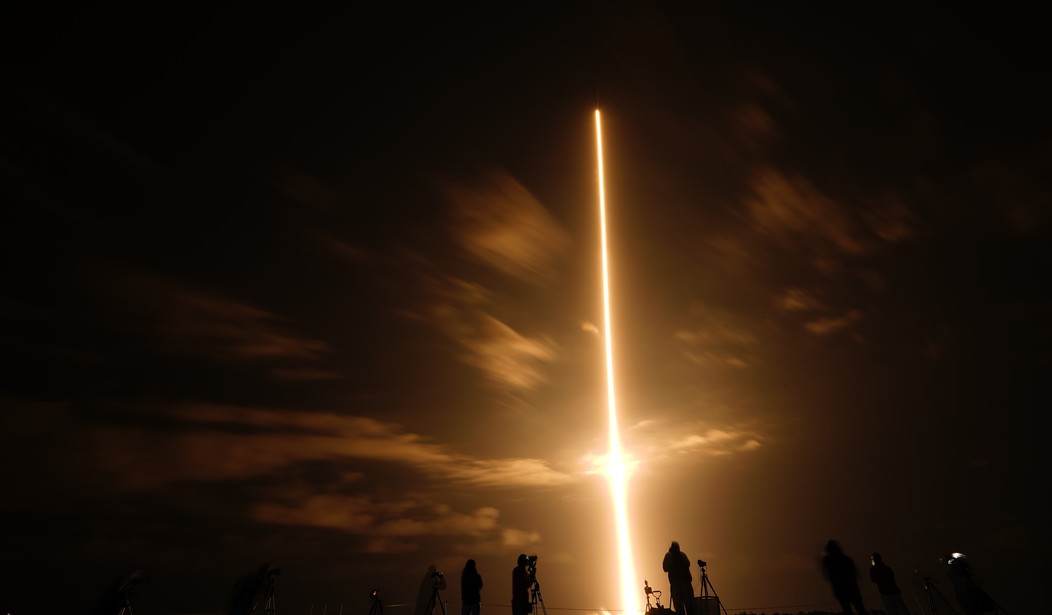It's been more than a dozen years since SpaceX CEO Elon Musk unveiled his plan for the first fully reusable launch rocket. "We will see if this works," Musk said at the time. "And if it does work, it'll be pretty huge."
That was 2011, the year the Space Shuttle — the first partially reusable spaceship — was retired from service. It would be six long years before SpaceX flew its first Falcon 9 on a second flight. The first Falcon 9 launch was on June 4, 2010, but the first one to safely land, be recovered, inspected, tested, refueled, and flown again would have to wait until 2017.
"The cost of the fuel and oxygen and so forth" for a typical satellite launch "is only about $200,000," Musk explained at that National Press Club appearance 13 years ago. "So obviously, if we can reuse the rocket, say, a thousand times, then that would make the capital cost of the rocket for launch only about $50,000."
A thousand times is pushing it — still. But SpaceX just took one more small step toward getting there. On Sunday, a Falcon 9 rocket carrying two spacecraft of the Arctic Satellite Broadband Mission (ASBM) for the U.S. Space Force launched for a record-tying 22nd time. The original record was set in June by — you guessed it — a SpaceX Falcon 9.
It was all so highly unlikely.
A dear friend of mine was a rocket scientist who got his start with Marietta and ended his career with United Launch Alliance almost 30 years later. Ed only ever had one job interview. That was with Marietta, straight out of CalPoly. A series of mergers and acquisitions and a spinoff landed him at ULA when Boeing and Lockheed-Martin merged their launch divisions in 2006.
Ed could practically assemble an Atlas III rocket blindfolded. He knew his stuff and assured me at the time Musk was promising reusable rockets that it just wasn't feasible.
Recommended: Putin's Embarrassment: What the Hell Is Going on in Kursk?
"We're not dummies," he said of he and his fellow rocket scientists — and please understand I'm paraphrasing a decade-old conversation. "We looked at reusability for years. It's technically possible but it just doesn't make economic sense."
"Old Space" — NASA, ULA, Ariane, Roscosmos, et al.— didn't imagine enough market demand to make reusable rockets worth bothering with. What was the point of a rocket that could launch 1,000 times when ULA has only had about 165 launches during its entire existence?
SpaceX will launch almost as many times in 2024 alone as ULA has since its founding almost 20 years ago.
"New Space" firms like SpaceX and a slew of other startups reckoned they'd create their own demand by driving down prices. SpaceX took the idea one step further by creating Starlink, the Low Earth Orbit (LEO) satellite internet service. Putting 6,000 Starlink satellites (out of a planned 34,400) into orbit — currently about 23 at a time — helps generate the cash flow and launch demand that keeps the company ahead of the competition.
It's about as nifty a business model as we're liable to see in our lifetimes.
SpaceX is currently working on the first fully reusable spaceship. Starship has had four test flights so far, each with increasing success. A fifth is tentatively scheduled for later this month. Falcon 9's reusability has reduced launch costs by 40%. The goal with Starship is to bring that figure down by 90%, or even 99%.
From seemingly impossible to reusing two Falcons 22 times each, my money is on SpaceX making Starship work.
P.S. You need more cocktail-fueled fun, and I need to start buying better booze. So become a VIP or VIP Gold supporter during our 50% off SAVEAMERICA promotion and gain access to tons of exclusive content, including the twice-weekly "Five O'Clock Somewhere" video live chat with Stephen Kruiser and Yours Truly.










Join the conversation as a VIP Member